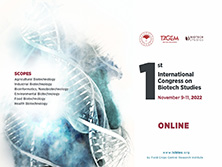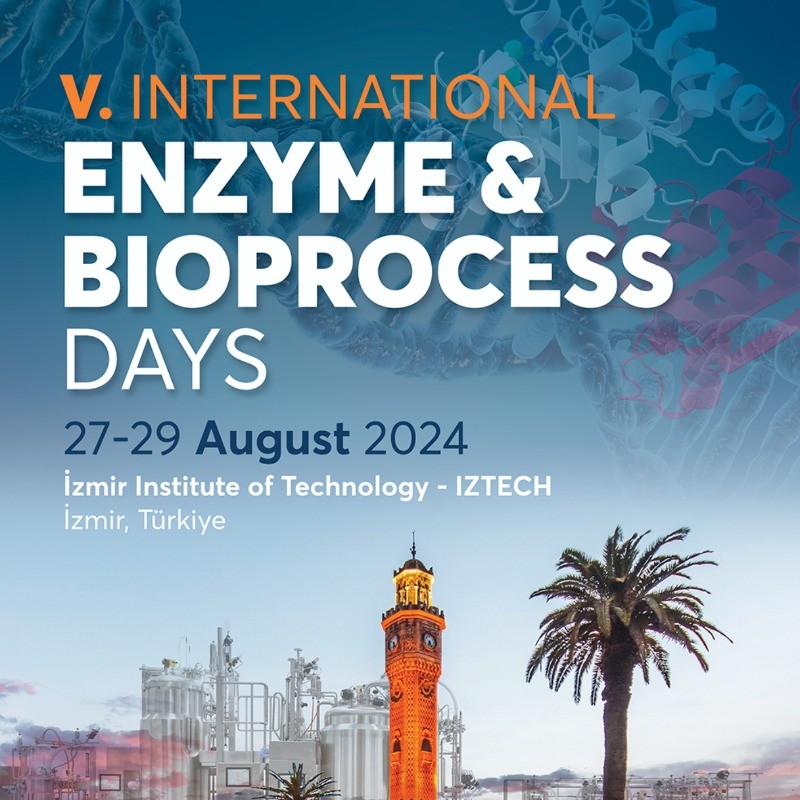Biotech Studies
2017, Vol 26, Num, 3 (Pages: 142-148)
Effects of Different of Harvesting Periods and Planting Depths on the Development of Saffron (Crocus sativus L.) Plant and It`s Agricultural Characteristics
2 Mustafa Kemal Üniversitesi, Altınözü Tarım Bilimleri Meslek Yüksek Okulu, Hatay DOI : 10.21566/tarbitderg.359410 - This study was carried out in Hatay province to determine the effects of different harvesting periods (yearly harvest, two yearly harvest) and different planting depths (5 cm and 15 cm) on the development of saffron (Crocus sativus L.) plant and it`s agricultural characteristics. The corms were separated into three different sizes before planting regarding their circumference length. The experiment was conducted by completely randomized design technique in split plots with three replicates. The following parameters; number of sprouts (number/plot), total numbers of flowers (number/plot), total saffron yield (gr/plot), total harvested corms (number/plot), total weight of harvested corms (gr/plot) and unit corm weight (gr/corm) were recorded. According to the results obtained; the number of flowers changed between 0–57.3. The highest flowering was obtained from large-sized corms (57.3 number/plot) harvested every 2 years and planted at a depth of 15 cm. The number of harvested corms ranged from 10 to 56.3 pots. The highest number of 56.3 corms was obtained from large-sized corms planted at 5 cm depth which were removed in every 2 years. When all the results are evaluated, it has been determined that saffron corms are not appropriate for harvesting every year; it is necessary to leave the plants without harvesting ever year in the field for at least 2 years after the planting, and that this is important in terms of number of corms and yield. Keywords : Saffron cultivation, Crocus sativus L., saffron yield, Hatay province

















